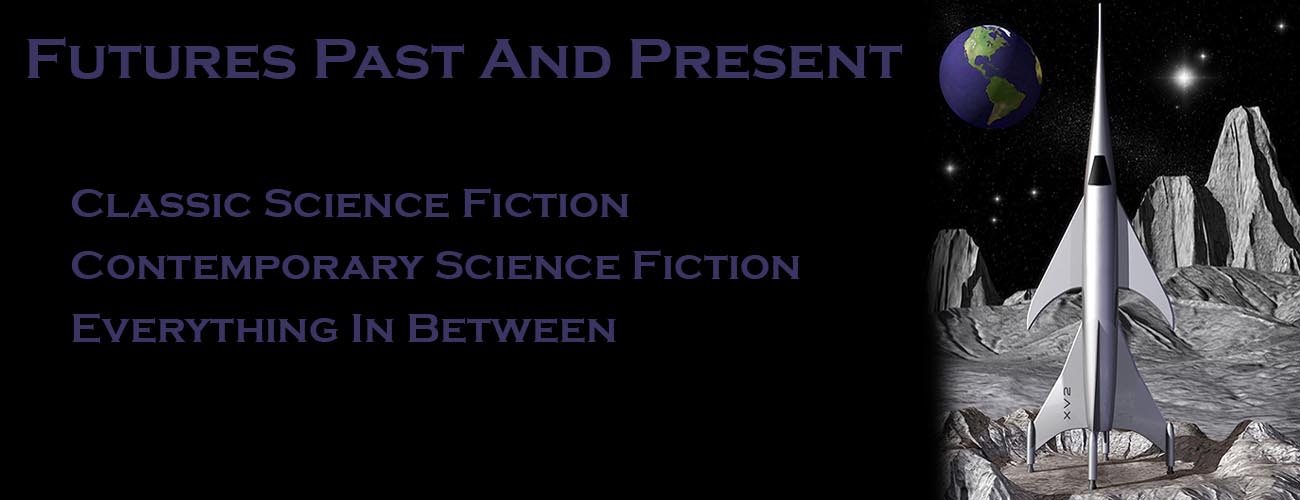If you’ve been reading science fiction for any length of time, the name Jonathan Strahan should be familiar to you. He’s edited or co-edited an number of successful and critically acclaimed anthologies, such as The New Space Opera and The New Space Opera 2
, both co-edited with Gardner Dozois, and the Eclipse series (the newest, Eclipse 4: New Science Fiction and Fantasy, has just been published) as well as a Best Science Fiction and Fantasy of the Year series, now up to Volume 5
.
The book at hand is Engineering Infinity, a collection of original stories that are clearly science fiction. Not speculative fiction, not fantasy, not slipstream. Pure science fiction, much but not all of it of the “hard” variety. It’s been on my shelf for a while, something on the general order of about five or six months. I recently decided to stop dipping into it and finish it.
Let’s take a quick scan of the contents, shall we?
There are 14 stories, plus an introduction by Strahan. Peter Watts starts us off with the tale of “Malak”, a self-aware attack craft in a future war. Kristine Kathryn Rusch introduces us to a little girl to whom music really is her life in “Watching the Music Dance”. Karl Schroeder takes us to a post Cold War Kazakhstan haunted by “Laika’s Ghhost” to see dreams reborn from the ashes of weapons. Stephen Baxter gives us a ringside seat for “The Invasion of Venus.”. Hannu Rajaniemi tells of an AI who plays God and discovers the serpent in the garden, so to speak, in “The Server and the Dragon”.. Charles Stross tells the tale of “Bit Rot” on a slower than light interstellar ship. Kathleen Ann Goonan introduces us to “Creatures with Wings.” “Walls of Bone, Bars of Flesh” is a quantum excursion into observation and time travel by Damien Broderick and Barbara Lamar. Robert Reed questions what is real in “Mantis”. John C. Wright takes us to the last night on Earth, on “Judgement Eve” David Moles examines a far future space habitat and what happens to “A Soldier of the City” when terrorists strike. In “Mercies”, Greg Benford introduces us to a time traveling serial killer who hunts, what else, notorious serial killers. Gwyneth Jones gives us a very disturbing look inside a multispecies society that has a very ritualized form of cannibalism in “The Ki-anna”.. In the final entry, John Barnes examines new forms of life, such as “The Birds, and the Bees, and the Gasoline Trees.”
So how do the stories stack up? Quite well. I found three or four of them to be a little slow because they tended to focus on the internal lives of the characters more than the fantastic or futuristic elements of the story. One story I should have read earlier in the evening rather than at bedtime. But by and large, I though this was a solid anthology with a number of exceptionally strong pieces. I tended to prefer the entries with a hard science and space opera slant, because that’s the way my tastes run. But that doesn’t mean I didn’t like the character driven stories. The Rusch, Benford, and Jones tales in particular were character driven and some of the best in the book.
This was a strong anthology, but that’s to be expected since Strahan usually puts together a top notch product. Even if there are a few stories that don’t quite click for you, there’s enough here that most readers should find plenty that they like.
Don’t be surprised if you see some of the stories from this book on award ballots next year or showing up in the tables of contents of next year’s crop of annual best anthologies.

